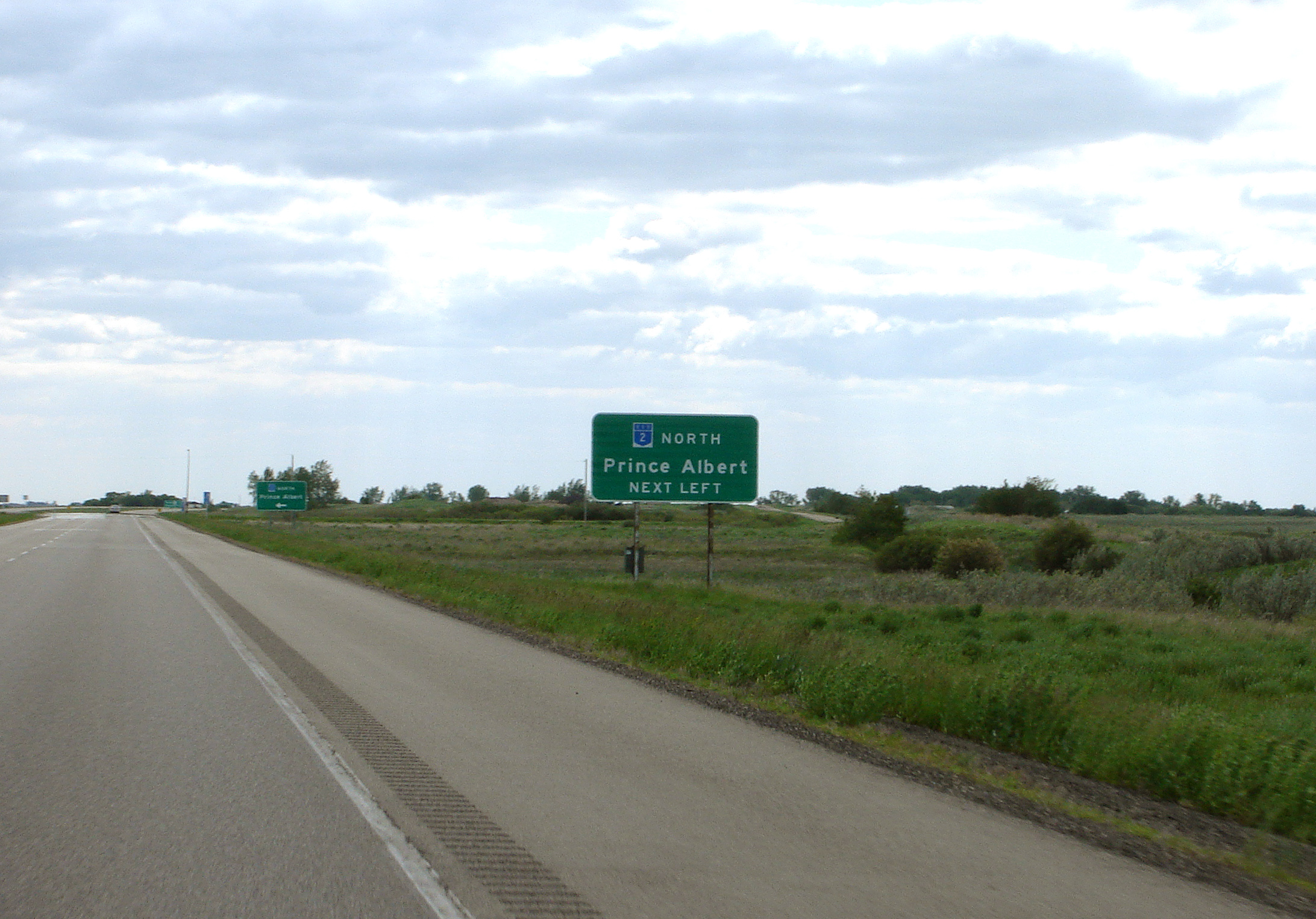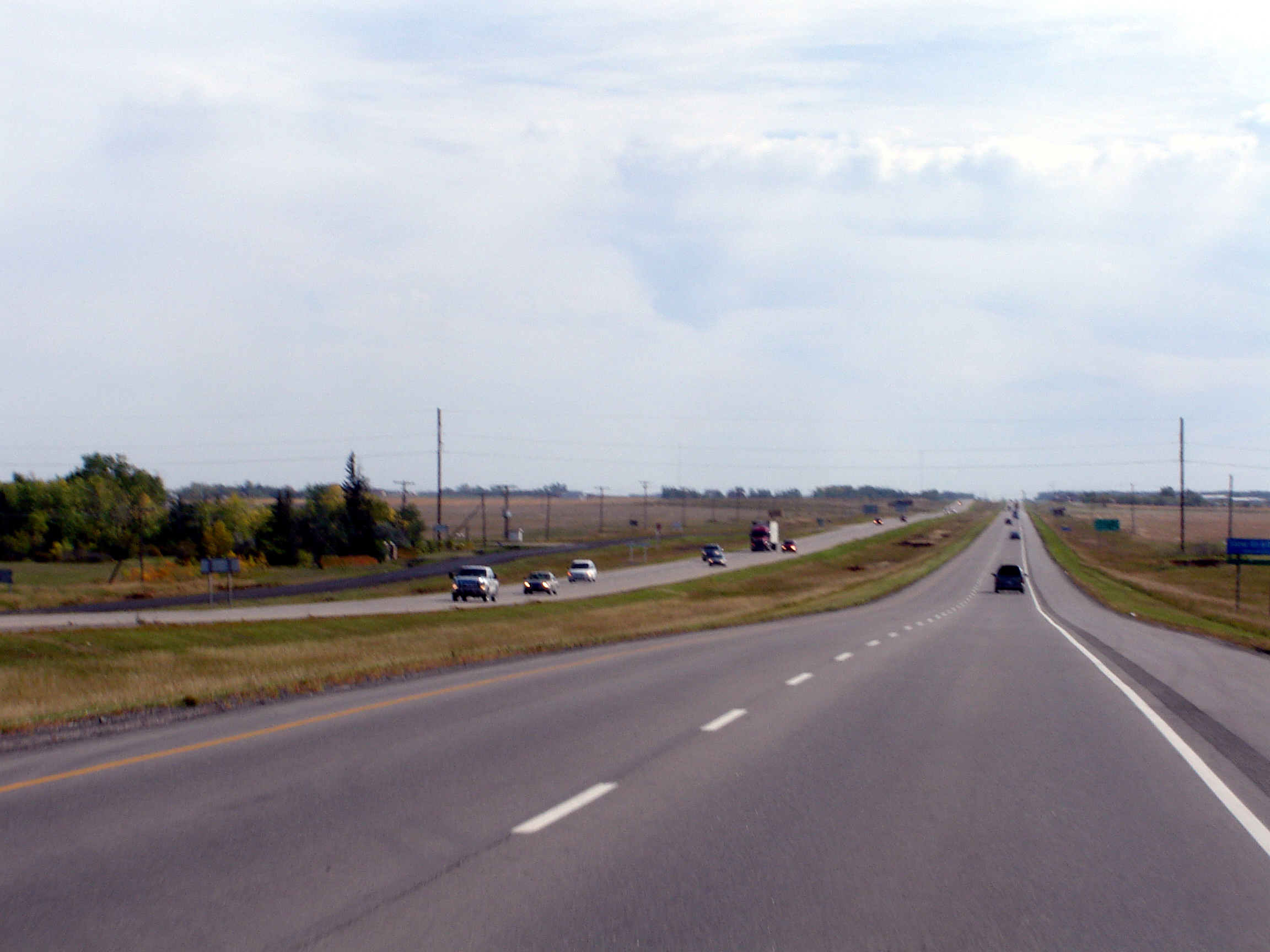|
Saskatchewan Highway 320
{{Saskatchewan-road-stub ...
Highway 320 is a provincial highway in the Canadian province of Saskatchewan. It runs from Highway 2 near Domremy to Highway 20 near Crystal Springs. The highway also passes near the community of Northern Light. It is about long. See also * Transportation in Saskatchewan * Roads in Saskatchewan References 320 __NOTOC__ Year 320 ( CCCXX) was a leap year starting on Friday (link will display the full calendar) of the Julian calendar. At the time, it was known as the Year of the Consulship of Constantinus and Constantinus (or, less frequently, year 1 ... [...More Info...] [...Related Items...] OR: [Wikipedia] [Google] [Baidu] |
Domremy, Saskatchewan
Domremy, Saskatchewan ( ) is a special service area in the Rural Municipality of St. Louis No. 431, in the Canadian province of Saskatchewan. It held village status prior to December 31, 2006. The population was 124 people in 2006. Domremy is located on Highway 320 near Highway 2 and Highway 225 in central Saskatchewan. Domremy had a post office established as early as May 1, 1896 in the District of Saskatchewan, NWT. Domremy is named after the French village of Domrémy, which was the birthplace of Joan of Arc. Demographics In the 2021 Census of Population conducted by Statistics Canada, Domremy had a population of 113 living in 47 of its 69 total private dwellings, a change of from its 2016 population of 101. With a land area of , it had a population density of in 2021. Area statistics *Lat (DMS) 52° 47' 00" N *Long (DMS)105° 44' 00" W *Dominion Land Survey SE Sec.17, Twp.44, R.26, W2 *Time zone (cst) UTC−6 Notable residents * Stan Hovdebo (1979–1993) ... [...More Info...] [...Related Items...] OR: [Wikipedia] [Google] [Baidu] |
Crystal Springs, Saskatchewan
Crystal Springs is a hamlet in east central Saskatchewan, Canada, located between Waitville and Tway. It was originally known as Bon Eau, which is French for ''good water''. When English settlers arrived they changed the name to Crystal Springs.What's in a Name by E.T. Russel This hamlet is about 30 miles south-east of Prince Albert. Crystal Springs is situated on the banks of the Carrot River and access is from Highway 20. Demographics In the 2021 Census of Population conducted by Statistics Canada, Crystal Springs had a population of 20 living in 11 of its 15 total private dwellings, a change of from its 2016 population of 15. With a land area of , it had a population density of in 2021. See also * List of communities in Saskatchewan Communities in the Province of Saskatchewan, Canada include incorporated municipalities, unincorporated communities and First Nations communities. Types of incorporated municipalities include urban municipalities, rural municipa ... [...More Info...] [...Related Items...] OR: [Wikipedia] [Google] [Baidu] |
Rural Municipality Of St
In general, a rural area or a countryside is a geographic area that is located outside towns and cities. Typical rural areas have a low population density and small settlements. Agricultural areas and areas with forestry typically are described as rural. Different countries have varying definitions of ''rural'' for statistical and administrative purposes. In rural areas, because of their unique economic and social dynamics, and relationship to land-based industry such as agriculture, forestry and resource extraction, the economics are very different from cities and can be subject to boom and bust cycles and vulnerability to extreme weather or natural disasters, such as droughts. These dynamics alongside larger economic forces encouraging to urbanization have led to significant demographic declines, called rural flight, where economic incentives encourage younger populations to go to cities for education and access to jobs, leaving older, less educated and less wealthy popul ... [...More Info...] [...Related Items...] OR: [Wikipedia] [Google] [Baidu] |
Numbered Highways In Canada
Numbered highways in Canada are split by province, and a majority are maintained by their province or territory transportation department. All highways in Canada are numbered except for three in the Northwest Territories, one in Alberta, one in Ontario, and one in Quebec. Ontario's 7000 series are not marked with their highway number but have been assigned one by the Ministry of Transportation. A number of highways in all provinces are better known locally by their name rather than their number. Some highways have additional letters added to their number: A is typically an alternate route, B is typically a business route, and other letters are used for bypass (truck) routes, connector routes, scenic routes, and spur routes. The territory of Nunavut has no highways. Classifications This is a breakdown of the classifications of highways in each province, and an example shield of each classification where available. Trans-Canada The Trans-Canada Highway crosses all provinces ... [...More Info...] [...Related Items...] OR: [Wikipedia] [Google] [Baidu] |
Provinces And Territories Of Canada
Within the geographical areas of Canada, the ten provinces and three territories are sub-national administrative divisions under the jurisdiction of the Canadian Constitution. In the 1867 Canadian Confederation, three provinces of British North America—New Brunswick, Nova Scotia, and the Province of Canada (which upon Confederation was divided into Ontario and Quebec)—united to form a federation, becoming a fully independent country over the next century. Over its history, Canada's international borders have changed several times as it has added territories and provinces, making it the world's second-largest country by area. The major difference between a Canadian province and a territory is that provinces receive their power and authority from the '' Constitution Act, 1867'' (formerly called the '' British North America Act, 1867''), whereas territorial governments are creatures of statute with powers delegated to them by the Parliament of Canada. The powers flowing ... [...More Info...] [...Related Items...] OR: [Wikipedia] [Google] [Baidu] |
Saskatchewan
Saskatchewan ( ; ) is a province in western Canada, bordered on the west by Alberta, on the north by the Northwest Territories, on the east by Manitoba, to the northeast by Nunavut, and on the south by the U.S. states of Montana and North Dakota. Saskatchewan and Alberta are the only landlocked provinces of Canada. In 2022, Saskatchewan's population was estimated at 1,205,119. Nearly 10% of Saskatchewan’s total area of is fresh water, mostly rivers, reservoirs and lakes. Residents primarily live in the southern prairie half of the province, while the northern half is mostly forested and sparsely populated. Roughly half live in the province's largest city Saskatoon or the provincial capital Regina. Other notable cities include Prince Albert, Moose Jaw, Yorkton, Swift Current, North Battleford, Melfort, and the border city Lloydminster. English is the primary language of the province, with 82.4% of Saskatchewanians speaking English as their first language. Saska ... [...More Info...] [...Related Items...] OR: [Wikipedia] [Google] [Baidu] |
Saskatchewan Highway 2
Highway 2 is a provincial highway in the Canadian province of Saskatchewan. It is the longest highway in Saskatchewan at 809 km (503 mi). The highway is partially divided and undivided. However, only about near Moose Jaw, near Chamberlain, and near Prince Albert are divided highway. Highway 2 is a major north-south route beginning at the Canada–US border at the Port of West Poplar River and Opheim, Montana customs checkpoints. Montana Highway 24 continues south. It passes through the major cities of Moose Jaw in the south and Prince Albert in the north. Highway 2 overlaps Highway 11 between the towns of Chamberlain and Findlater. This section of road is a wrong-way concurrency. The highway ends at La Ronge, where it becomes Highway 102. The highway started as a graded road in the 1920s which followed the grid lines of the early survey system and was maintained by early homesteaders of each rural municipality. Paving projects of the 1950s created all ... [...More Info...] [...Related Items...] OR: [Wikipedia] [Google] [Baidu] |
Saskatchewan Highway 20
Highway 20 is a major road intended for travel by the public between Highway 11 Lumsden to Highway 3 at Birch Hills. Saskatchewan's main roadways are located in the central/southern geographical land area of rolling prairie and grass land in a western Canadian prairie province. This highway is one which runs south to north and is located just east of Saskatoon and just north of Regina. At the northern extremity near Lanigan, the highway helps to service the PCS Lanigan potash mining operation. Down south, the highway is popular for tourists heading out to the ''Qu'Appelle Valley'' and resorts and beaches of ''Last Mountain Lake''. History *On September 26, 2000 Highway 20 saw construction in resurfacing the highway for 6.6 km just north of Lanigan *June 20, 2001, another resurfacing project resulted in improvements to a 12.9 km section of Highway 20 just north of Guernsey. It was just north of the Highway 16 junction, and northward and cost an estimated $800,00 ... [...More Info...] [...Related Items...] OR: [Wikipedia] [Google] [Baidu] |
Northern Light, Saskatchewan
Northern may refer to the following: Geography * North, a point in direction * Northern Europe, the northern part or region of Europe * Northern Highland, a region of Wisconsin, United States * Northern Province, Sri Lanka * Northern Range, a range of hills in Trinidad Schools * Northern Collegiate Institute and Vocational School (NCIVS), a school in Sarnia, Canada * Northern Secondary School, Toronto, Canada * Northern Secondary School (Sturgeon Falls), Ontario, Canada * Northern University (other), various institutions * Northern Guilford High School, a public high school in Greensboro, North Carolina Companies * Arriva Rail North, a former train operating company in northern England * Northern Bank, commercial bank in Northern Ireland * Northern Foods, based in Leeds, England * Northern Pictures, an Australian-based television production company * Northern Rail, a former train operating company in northern England * Northern Railway of Canada, a defunct railway ... [...More Info...] [...Related Items...] OR: [Wikipedia] [Google] [Baidu] |
Transportation In Saskatchewan
Transport in Saskatchewan includes an infrastructure system of roads, highways, freeways, airports, ferries, pipelines, trails, waterways, and railway systems serving a population of approximately 1,098,352 (according to 2016 census) inhabitants year-round. It is funded primarily with local, rural municipality, and federal government funds. History Early European settlers and explorers in Canada introduced the wheel to North America's Aboriginal peoples, who relied on canoes, york boat, bateaux, and kayaks, in addition to the snowshoe, toboggan, and sled in winter. Europeans adopted these technologies as Europeans pushed deeper into the continent's interior, and were thus able to travel via the waterways that fed from the St. Lawrence River Great Lakes route and Hudson Bay Churchill River route and then across land to Saskatchewan. In the 19th century and early 20th century transportation relied on harnessing oxen to Red River carts or horse to wagon. Maritime transporta ... [...More Info...] [...Related Items...] OR: [Wikipedia] [Google] [Baidu] |
Roads In Saskatchewan
Saskatchewan, the middle of Canada's three prairie provinces, has an area of and population of 1,150,632 (according to 2016 estimates), mostly living in the southern half of the province. Currently Ministry of Highways and Infrastructure operates over 26,000 km of highways and divided highways, over 800 bridges, 12 separate ferries, one barge. There are also municipal roads which comprise different surfaces. Asphalt concrete pavements comprise almost 9,000 km, granular pavement almost 5,000 km, non structural or thin membrane surface TMS are close to 7,000 km and finally gravel highways make up over 5,600 km through the province. TMS roads are maintained by the provincial government department: Saskatchewan Highways and Transportation. In the northern sector, ice roads which can only be navigated in the winter months comprise another approximately 150 km of travel. Dirt roads also still exist in rural areas and would be maintained by the local res ... [...More Info...] [...Related Items...] OR: [Wikipedia] [Google] [Baidu] |




